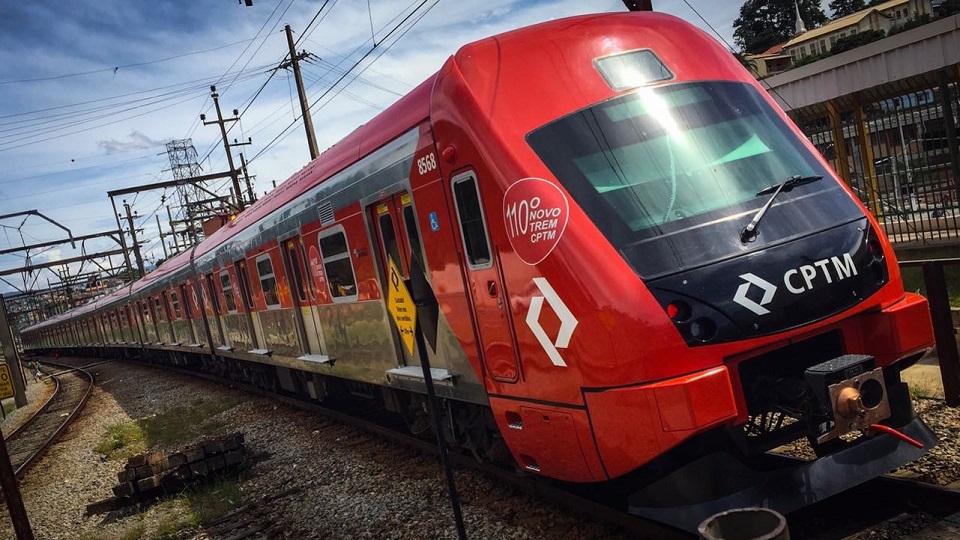1740 results found
Featured results



More results
The report illustrates the ReM framework methodology, used by the EIB in the appraisal and evaluation of projects outside the EU.

This paper examines the evolution of infrastructure and the impact of infrastructure investment and public finance shocks on key development indicators and growth performance in the context of middle income countries.

The ITF Transport Outlook provides an overview of recent trends and near-term prospects for the transport sector at a global level as well as long-term prospects for transport demand to 2050.

The Fourth Industrial Revolution (Industry 4.0) presents a significant opportunity for digital transformation in the infrastructure (architecture, engineering, and construction) industry. This sector, traditionally reliant on manual labor, mechanical technology, and traditional business models, has seen limited innovations in productivity compared to many other global industries. However, new digital technologies, particularly InfraTech solutions like drone technology, offer a promising pathway to revolutionize this industry.
This report assesses infrastructure PPP investments in an expanded list of Fragile and Conflict Affected States (EFCS2), as well as the PPP regulatory frameworks during the 2012-2016 period.

This report uses data from the PPI Database to analyze broad trends of PPP investment in infrastructure from 1991 to 2015.


The 3PA consists of three pillars each of which represents a key dimension of quality project assessment providing a clear framework within which project proposals can be evaluated.


This handbook synthesises and disseminates knowledge to inform the planning, implementation, and operations of urban rail projects.


This paper summarizes and expands the state-of-the-art understanding of the urbanization, development, environment, and inequality nexus.

The 300MV Victorian Big Battery is currently to be Australia’s largest lithium-ion battery which assists in providing critical grid support services, reducing wholesale power costs for consumers and assisting in the transition to renewable energy in Victoria, Australia. It utilises the System Integrity Protection Scheme (SIPS) which increases import capacity to Victoria by up to 250 MW, reducing the likelihood of unserved energy (USE) from high impact, low probability (HILP) events during summer periods.

The authors evaluate successes and failures of a private sector reform in the water sector in the early years of reform, they analyse the impacts of the water reform on individual welfare and perform cost-benefit analysis for the reform.

This paper proposes the adoption of advanced asset management practices that could help water and wastewater utility operators to improve their competitiveness and become more sustainable in operational terms.

In this Q&A our CEO, Marie Lam-Frendo explores how the G20 has the power to help bridge the current infrastructure investment gap - a gap that is hindering strong, sustainable development.
This article breaks down the blockers to InfraTech adoption and why they occur. Use this article to deepen your understanding of the repercussions of problems like poorly defined value cases and disparate interests among parties across the timeline.
Recently, the GI Hub coordinated a discussion of asset recycling as part of a presentation to fellows of the ASEAN Sustainable Leadership in Infrastructure Program.

The number of primary private infrastructure transactions increased by 18% in 2022, the strongest annual growth since 2017, largely driven by strong investor appetite for projects supporting the clean energy transition. However, growth was mostly being driven by high-income countries in North America and Western Europe, with private investment activity in middle- and low-income countries seeing a lot less momentum with volumes on par with pre-COVID levels.



Private infrastructure investment has been stagnant for eight years running, however the number of transactions has been trending up since 2016. This is mainly due to a tripling in the number of solar photovoltaic projects. Unfortunately, their average transaction size is the lowest among all infrastructure sector projects so does not translate to an increase in the total private investment amount.



The study aims to understand the role of specialist investors in UK infrastructure and the impact on performance of vital infrastructure assets over the past decade.


The infrastructure sector needs to make a fundamental shift from built solutions that address singular problems to those that address multiple transformative outcomes.





 Infrastructure Monitor
Infrastructure Monitor




